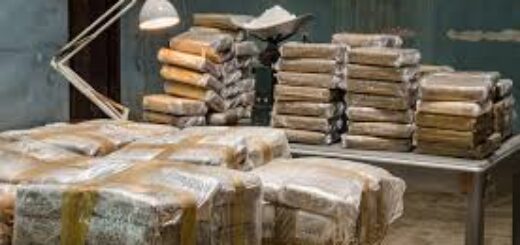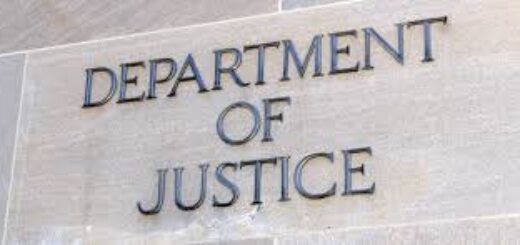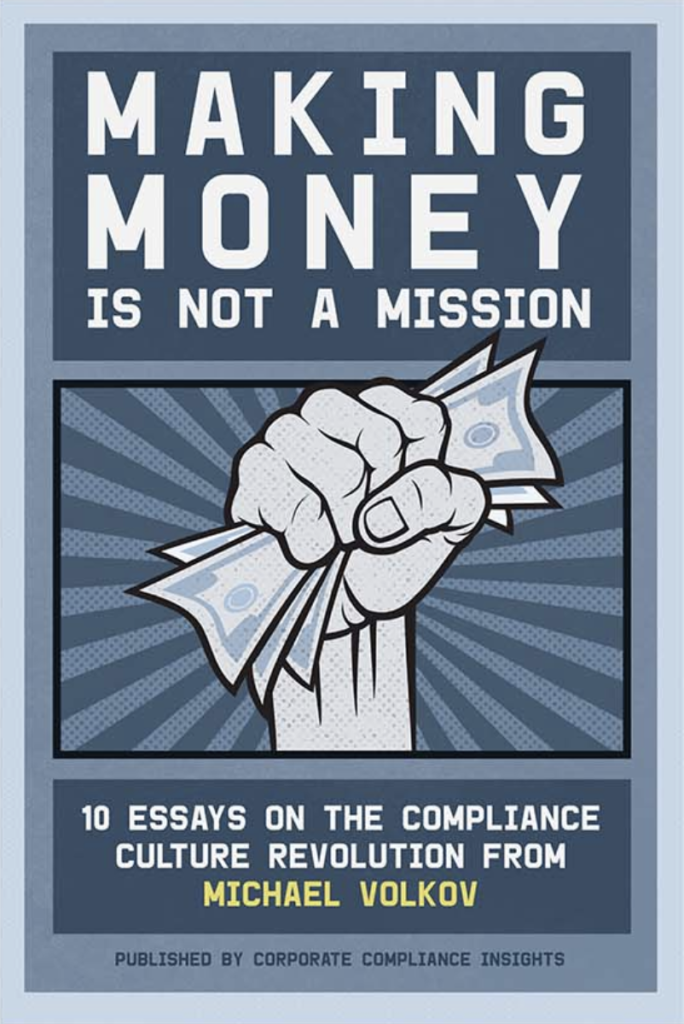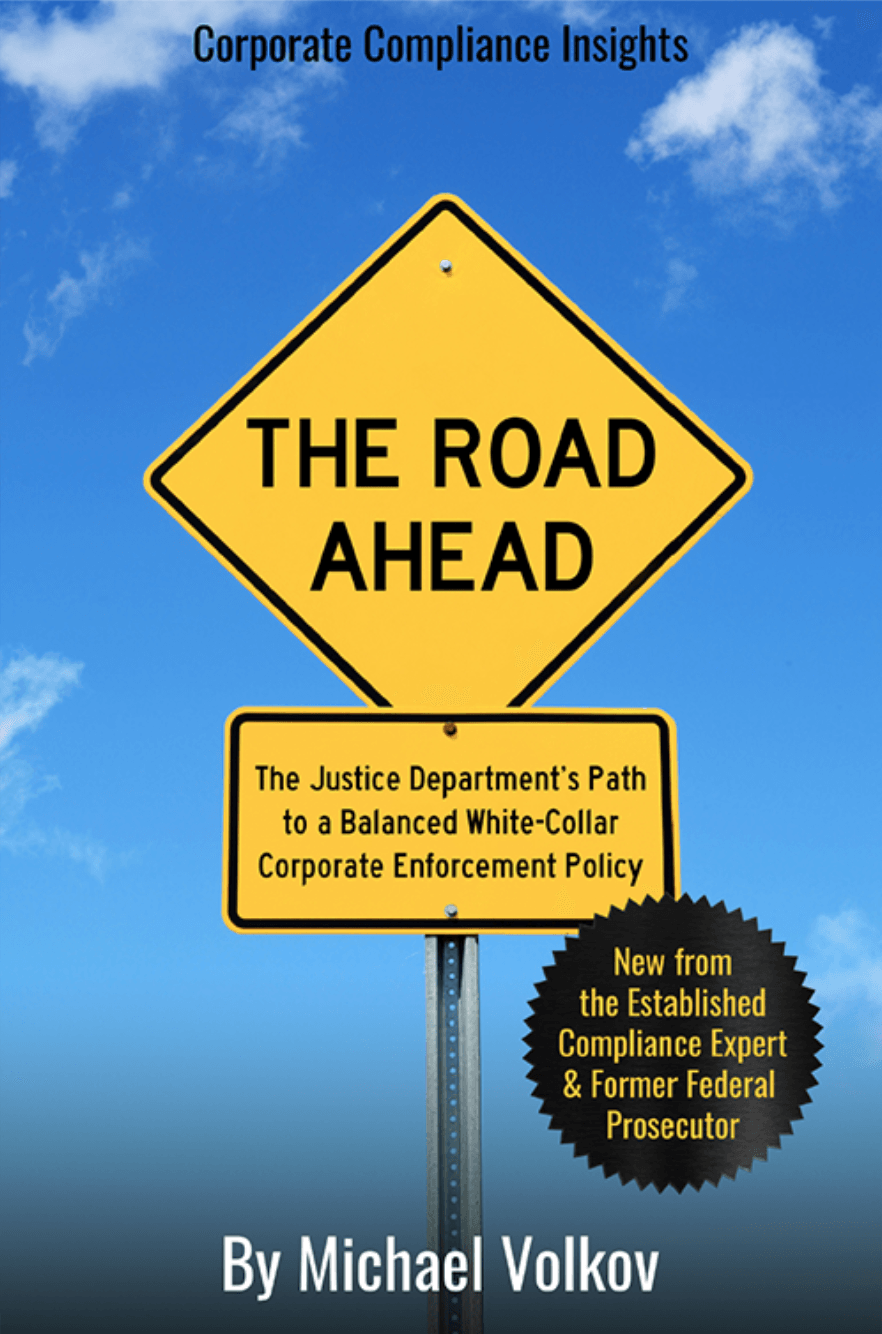FCPA Trial Tactics — Part 1
While there has been a lot written about recent FCPA trials — Lindsey Manufacturing and the ongoing DC federal court Shot Show sting prosecution — I think it is important to examine trial tactics and strategy for defending against an FCPA criminal prosecution. I will outline some tactical approaches in a few posts.
My post today is focused on defending an individual. The approach for a corporation is far different. The case against Lindsey Manufacturing was unusual. Frankly, I would have tried to avoid such a trial and resolve the matter because juries are not very forgiving when it comes to corporations. Moreover, the business reality, as everyone knows, is that companies typically settle rather than risk the prospect of being indicted and then found guilty. Companies cannot afford to be indicted or defend themselves in a trial. Arthur Andersen is a constant reminder that companies do not enjoy a real due process right when it comes to the criminal justice system.
Individual defendants, however, can defend themselves vigorously in court. No matter how the jury is instructed, whether it really follows the instructions or not, the issue boils down to a key question — is the defendant a “bad” person who deserves to be punished? That is the way juries think and approach a case, although it is never explicitly stated or discussed, except in the protected area of jury deliberations.
If a defendant is charged and indicted based on an undercover investigation, defense counsel will only learn about the case after the arrest and usually an indictment (grand jury original). Alternatively, a defendant may be indicted after defense counsel has been dealing with the prosecutors as part of an ongoing corporate internal investigation. In that case, defense counsel will be very familiar with the issues and the evidence against the defendant since counsel has argued top the prosecutors why his or her client should not be indicted.
Once the scope and type of case has been confirmed, there is much to do.
First, the evidence against the defendant must be categorized and assessed — the relevant categories are: (1) recordings (audio and/or video); (2) cooperating witnesses and informants (with plea agreements or paid informants); (3) documents (emails, letters); and (4) financial and/or accounting records.
Second, the government’s evidence and legal theories must be carefully analyzed. Factual and legal weaknesses need to be identified. With respect to factual weaknesses and other facts, evidence needs to be developed from the defendant, associates and other persons.
Legal issues need to be raised in motions with several objectives: (1) trimming the government’s charges; (2)preserving issues for appeal; (3) gaining discovery of facts and evidence; (4) building a record on which to assert, if applicable, Brady issues.
Third, managing discovery and devoting adequate time to discovery and evidence organization is critical. Aggressive discovery claims should be made so that information is obtained as quickly as possible so that leads and other avenues of the defense are followed. Exhaustive examination of cooperating witnesses, their histories, their misconduct (which is inevitable in every case) should be gathered.
As information is gathered, reviewed and analyzed, the theory of the defense should be focused and developed. Information should be tested against the theory so that inconsistencies, to the extent they develop or occur, can be addressed and responses prepared to such claims.
The theory of defense will alter with time and information, especially as you get closer to trial and jury selection.
Stay tuned for more on this subject — jury selection and trial strategy.















